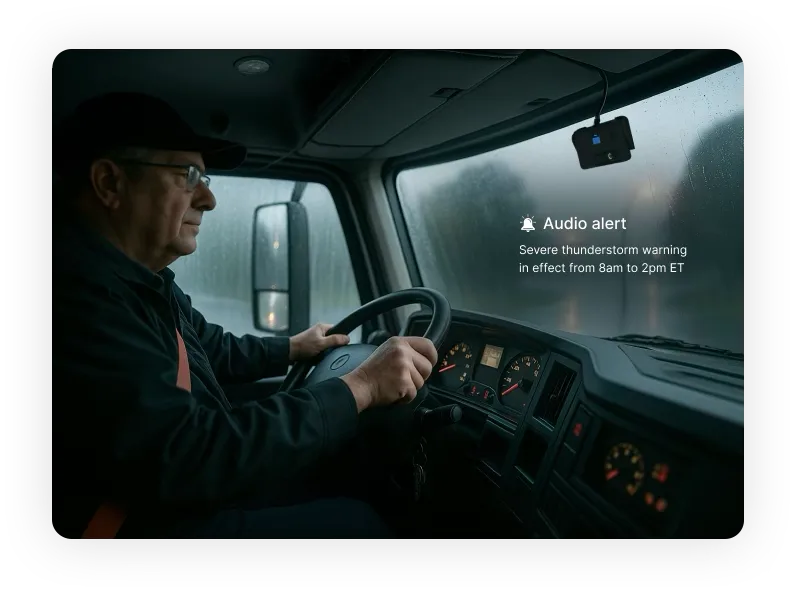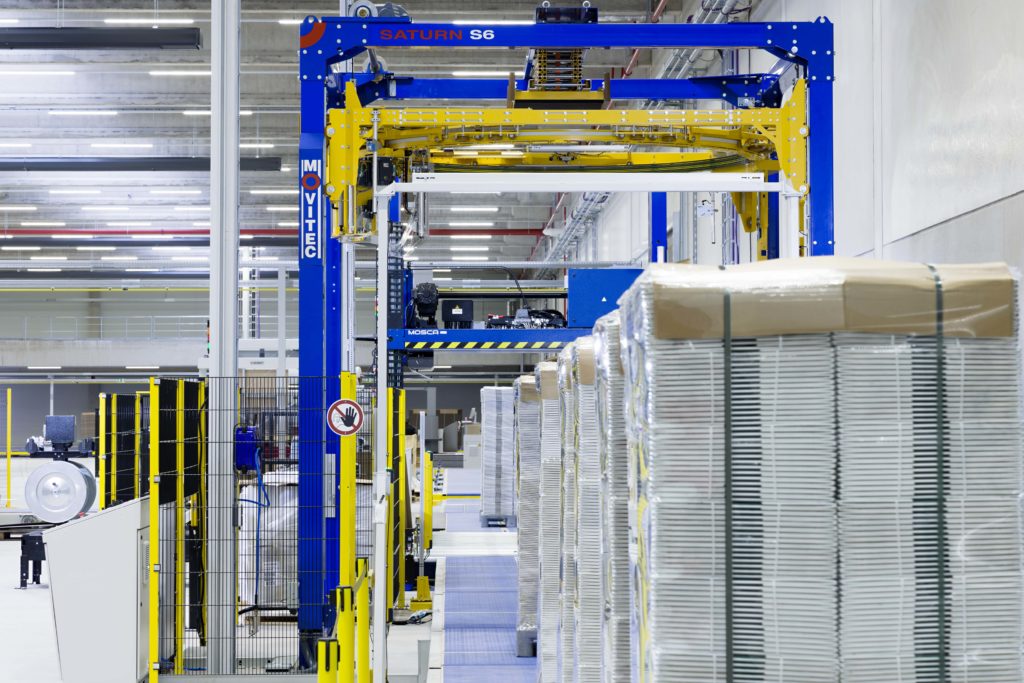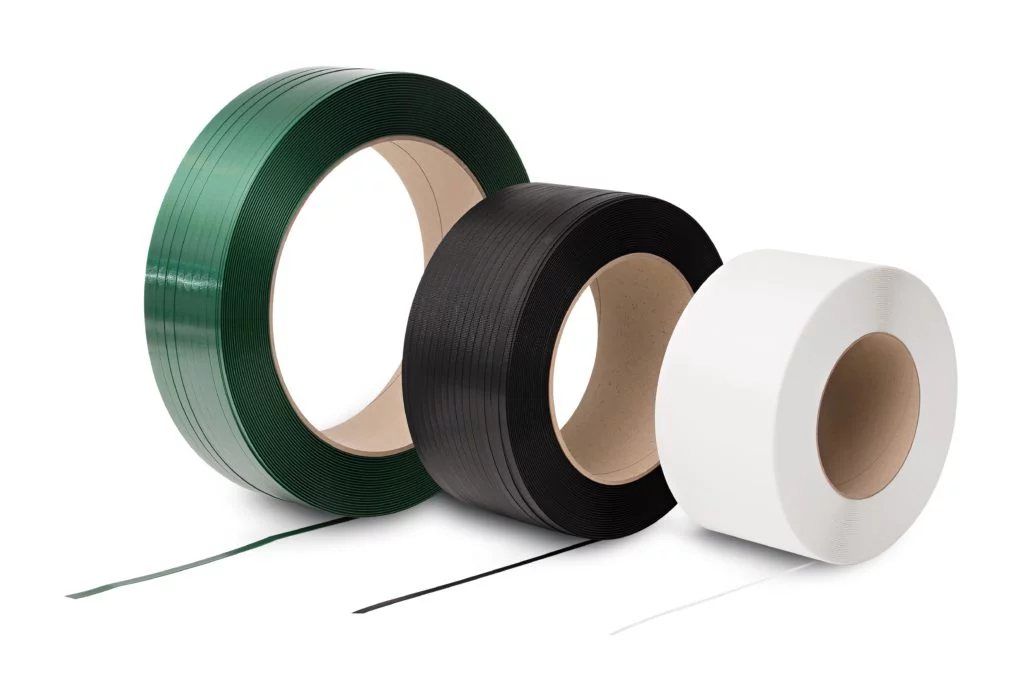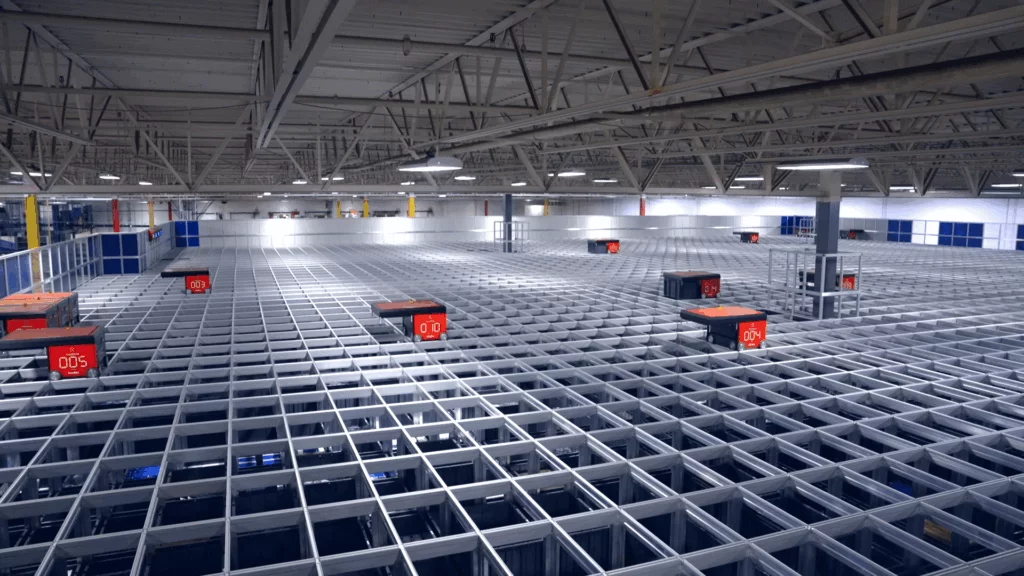British workwear and PPE supplier Workwear Mallusk has selected Forterro’s Orderwise Cloud ERP solution to power the next stage of its growth journey and drive ecommerce integration.
Orderwise Cloud will replace legacy systems with a scalable, future-proof platform designed to streamline operations, reduce manual tasks and integrate seamlessly with ecommerce channels.
Headquartered in Country Antrim, Northern Ireland, Workwear Mallusk has built a strong reputation for high-quality PPE and workwear products, serving a growing number of customers across the UK. With continued expansion and new contract wins, the company found that its previous system was no longer keeping pace with operational demands.
This was holding the company back by creating increased manual tasks, due to the limited integration to its website. As order volumes grew, the existing system became unmanageable and unable to keep up with demand, so they turned to Orderwise.
“Orderwise came highly recommended by others in our sector and immediately stood out for its flexibility and ease of use,” said Gavin Kane, IT Manager, Workwear Mallusk. “We needed a solution that could grow with us and help us reduce the volume of manual tasks holding us back. The ability to integrate with our online channels and introduce handheld scanners into the warehouse was also a major factor.”
By moving to Orderwise Cloud Growth Platform, Workwear Mallusk will gain full visibility across its operations, enhance stock control and reduce reliance on manual processes. The move will enable the company to focus more on winning new business and expanding its already strong product offering.
“Workwear Mallusk is a great example of a business ready to embrace digital transformation in order to scale successfully,” said Tom Price, Director, Forterro. “Orderwise Cloud gives them a connected, modern solution that streamlines ecommerce integration, improves warehouse accuracy and sets them up for future growth.”
Built on Amazon Web Services (AWS), Orderwise Cloud offers a secure, fully integrated platform for distributors, wholesalers, manufacturers and retailers. It connects core business functions into a single, easy-to-use system that reduces complexity, increases automation and supports digital maturity.


















